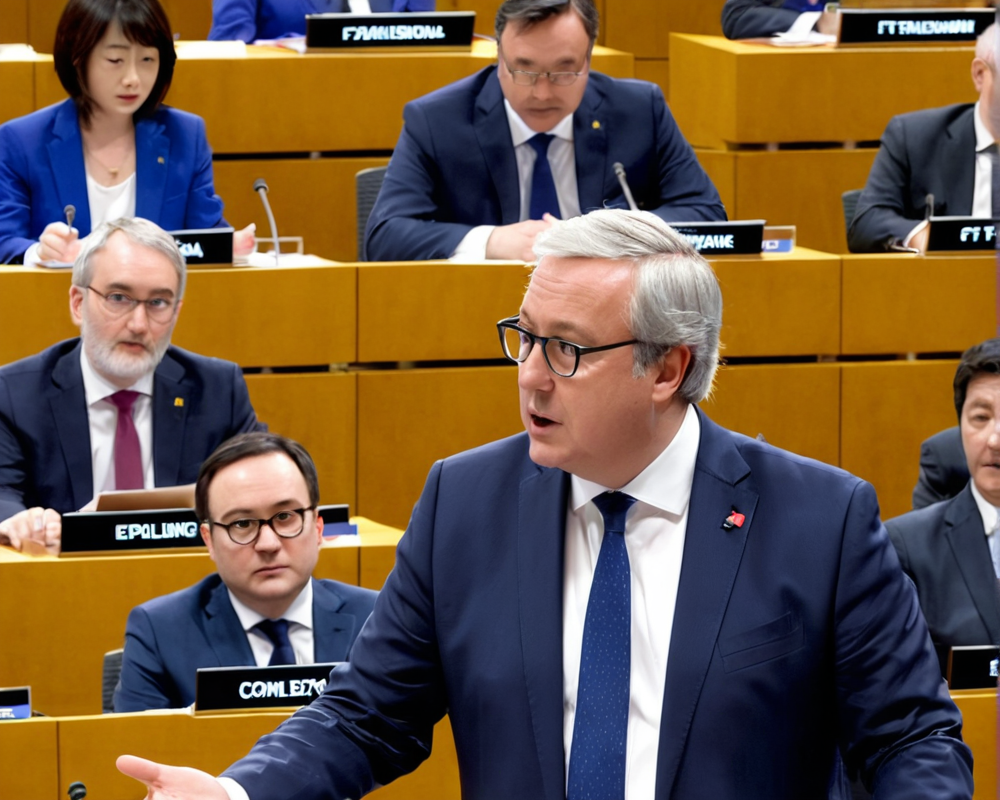Understanding the FTX Collapse
The FTX cryptocurrency exchange fiasco has been a hot topic in the halls of the European Parliament recently. The unfortunate event sent ripples across the financial world, especially for retail investors, who were left scratching their heads and nursing their bruised wallets. But what really happened behind the scenes and what does it mean for the future of cryptocurrency in Europe?
A Candid Hearing
On November 30, the Economic and Monetary Affairs Committee of the European Parliament convened to dissect the FTX disaster. European monetary officials gathered to share their insights, combining their expertise in finance, regulation, and, quite frankly, disbelief at how one individual could take down a giant. Steffen Kern from the European Securities and Markets Authority (ESMA) took center stage, stating that ESMA had not regulated FTX and had no more information than what was publicly available. So, essentially, they were as stumped as the rest of us!
The Ripple Effect on the Financial Sector
Despite the severity of the FTX collapse, Kern reassured the committee that it posed minimal risk to the broader financial sector. Why, you ask? Because crypto, in the grand scheme of things, still represents a small slice of the market pie. He highlighted that connections between traditional finance and crypto remain limited, so everyone can take a deep breath—well, sort of!
Regulatory Solutions: The MiCA Approach
As the committee mulled over what to do next, the conversation quickly turned to the forthcoming Markets in Crypto-Assets Regulation (MiCA). Kern confidently asserted that MiCA would address critical issues, serving as a safety net that could prevent another disaster. Sure, it’s planned for 2024, but better late than never, right?
The Call for Global Standards
Stefan Berger, a Member of the European Parliament, voiced his concerns, arguing that FTX was emblematic of larger systemic flaws, rather than a failure of blockchain technology itself. He could have written a memo titled: “It’s not you, FTX; it’s me,” focusing on the overarching need for regulation. Berger’s two demands were simple: expedite MiCA and conquer global adoption to avoid future catastrophes. It’s always wise to dream big!
The Lessons Learned
Alexandra Jour-Schroeder, the Deputy Director General of EU Financial Services, chimed in, suggesting that, under MiCA, no company in the EU would have been able to operate in such a disorganized manner as FTX did. Bingo! Implications for regulatory frameworks became glaringly clear.
The Path Forward
With European Central Bank President Christine Lagrande weighing in, expressing the pressing need for “MiCA II” legislation to establish a tighter grip on the crypto space, it seems the wheels are finally turning. The hope is that a robust regulatory framework will prevent meltdowns like FTX and restore some faith in the cryptocurrency landscape.
Final Thoughts
The FTX collapse served as a wake-up call, not just to Europe but globally. If the winds of change are blowing in the direction of stricter regulations, let’s hope there’s an umbrella in reach to shield us from the rain of chaos that poor oversight can bring. After all, who doesn’t want a safer, more organized crypto landscape?




